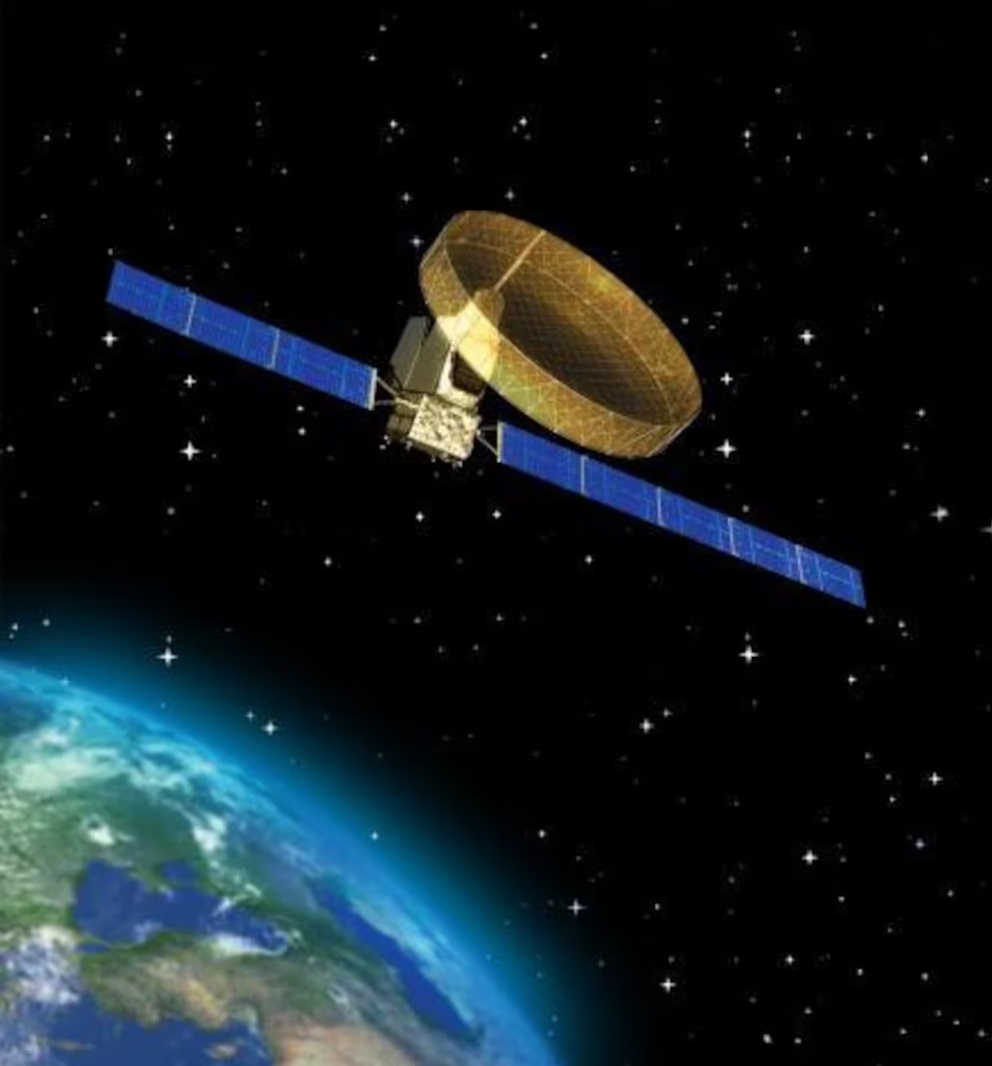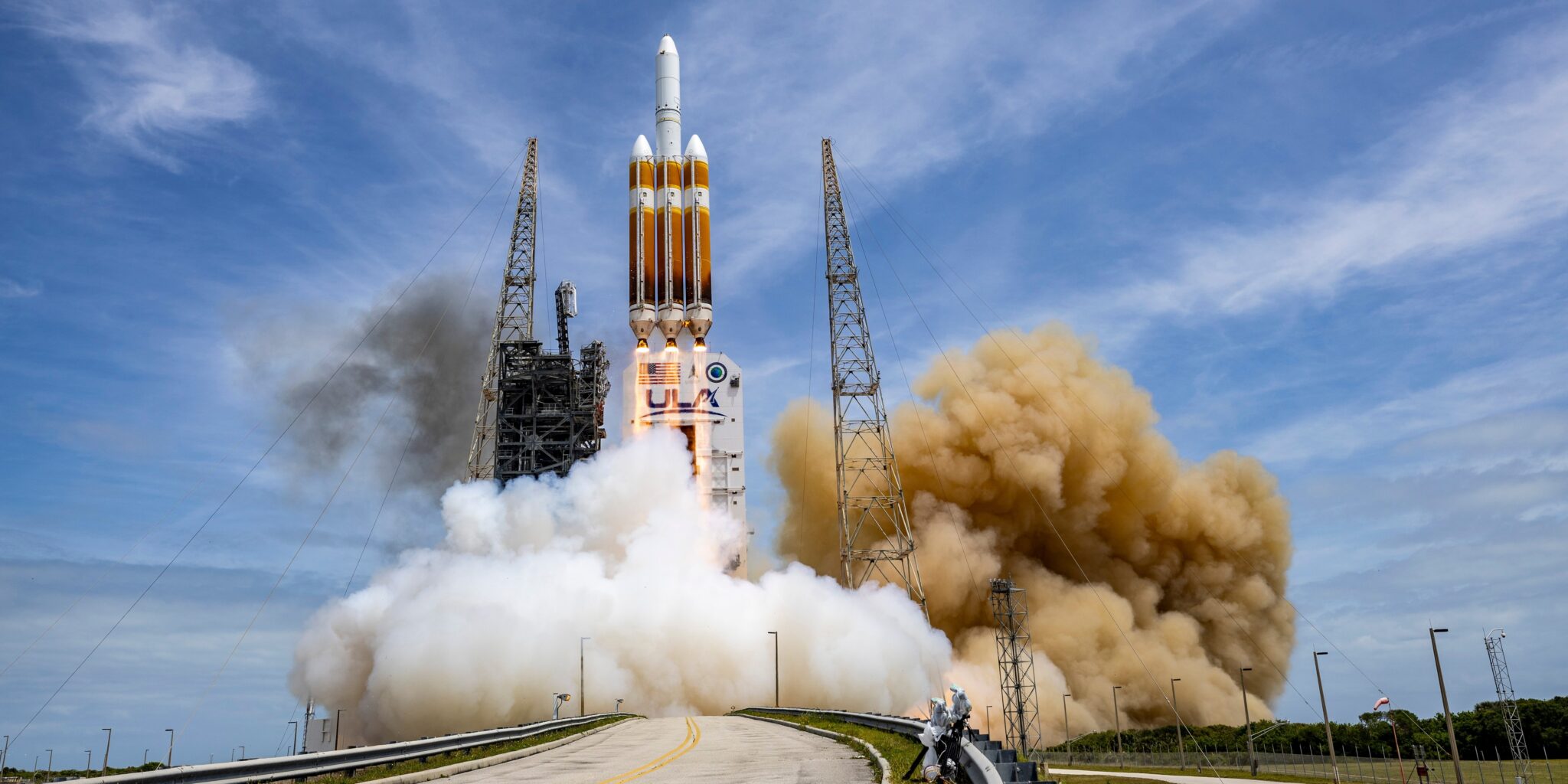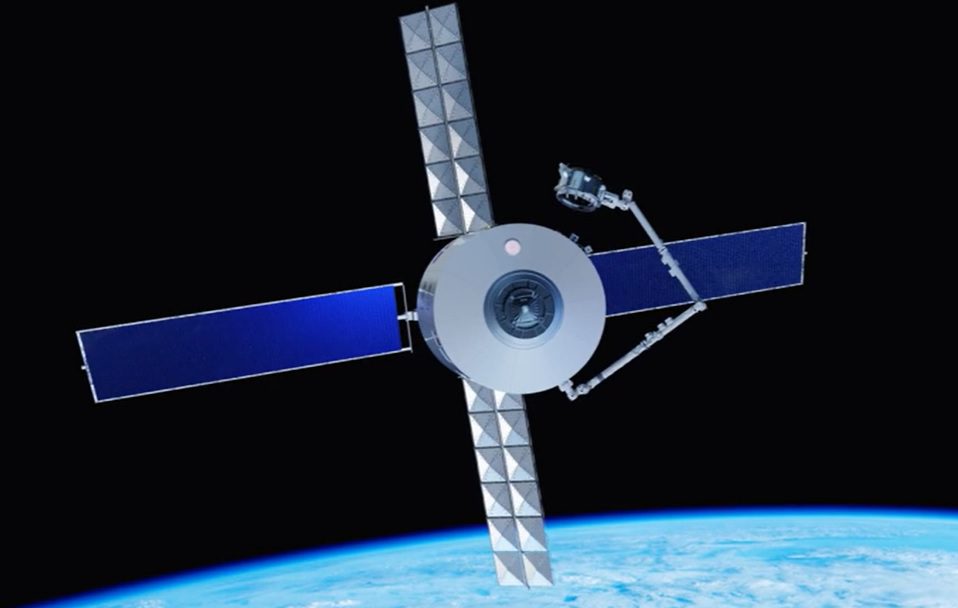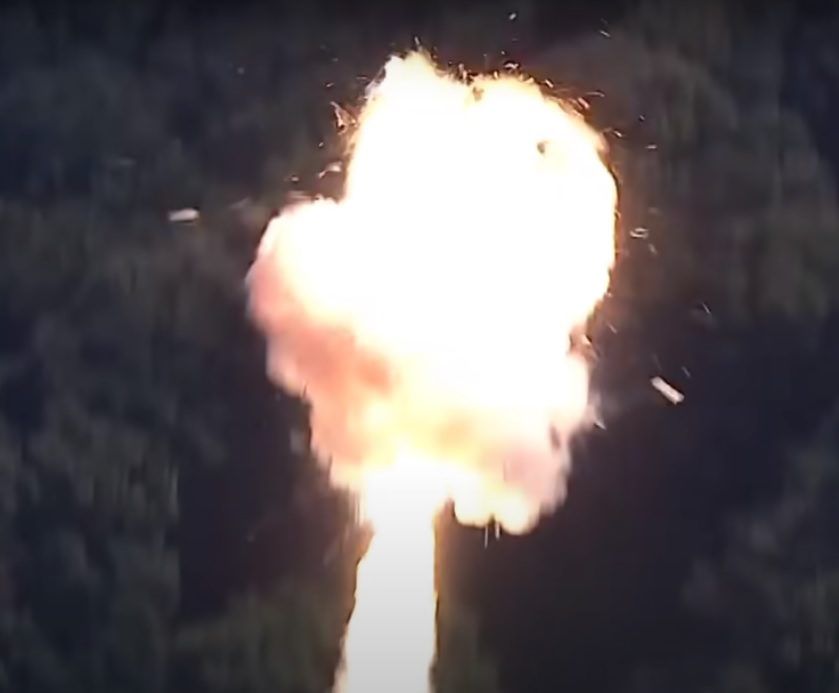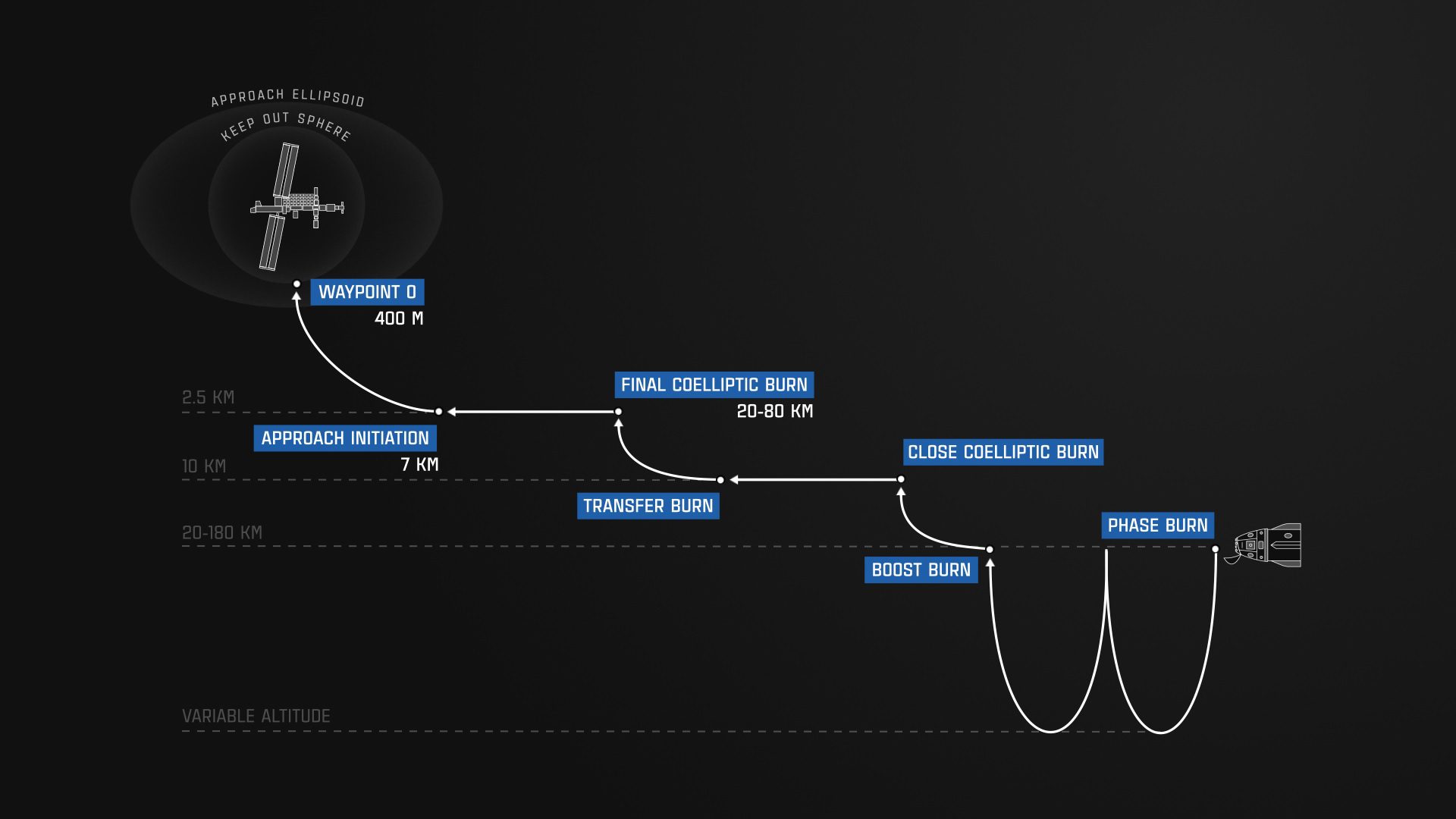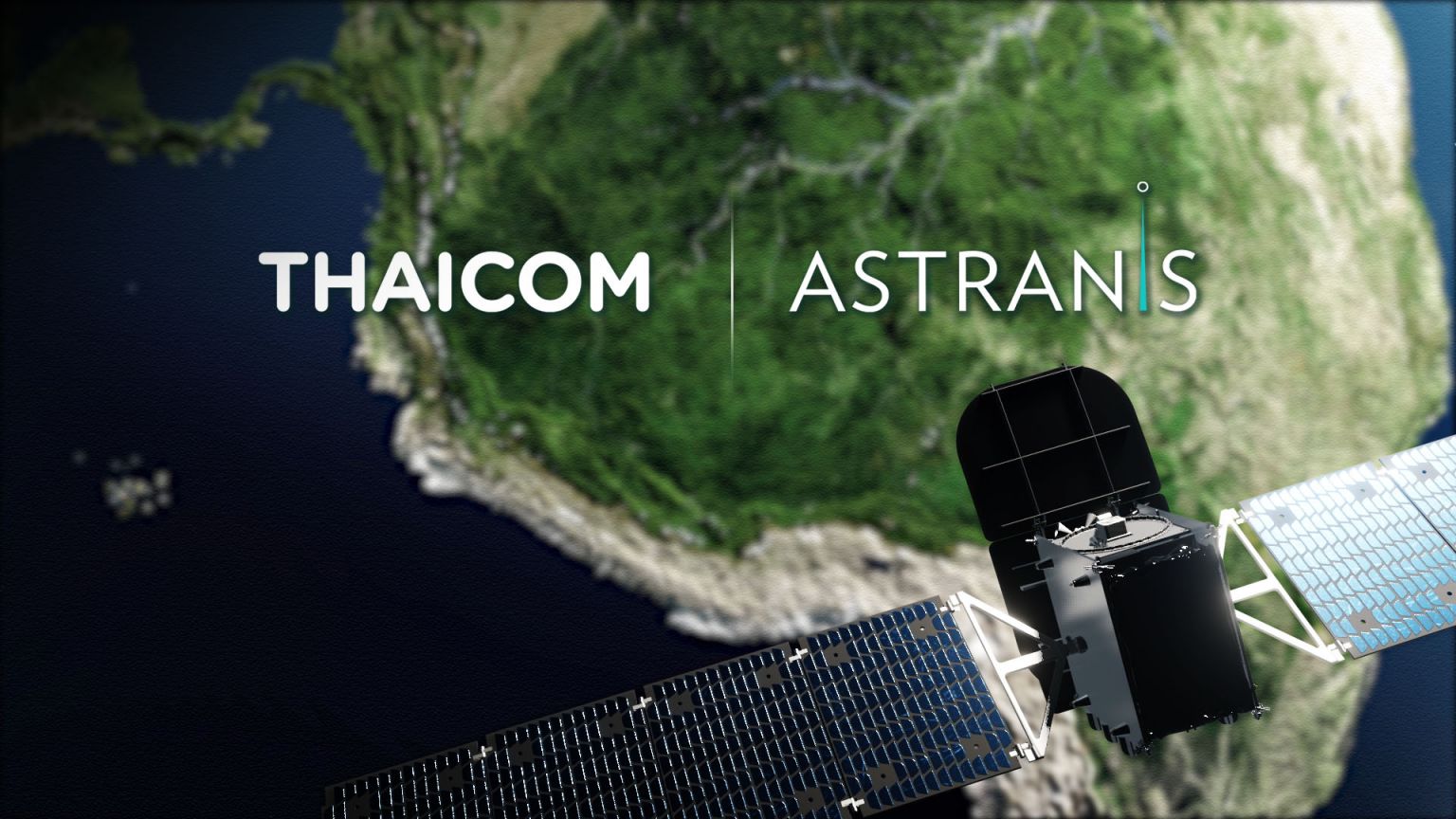Will 2009 build towards a greater new decade of space activity?
The challenge in 2009 is to realise the potential of government and private sector spaceflight programmes that made good progress in 2008 to bring about greater activity in space in the future, activity that is as much commercial in nature as it is explorationThe progress in 2008 was varied from China’s first spacewalk, the beginning of the European Space Agency’s International Space Station (ISS) re-supply missions, Space Exploration Technologies’ (SpaceX) fourth Falcon 1 rocket reaching orbit, NASA’s awarding of commercial ISS cargo contracts, India’s decision to cooperate with Russia on human spaceflight, the maiden flight of Virgin Galactic’s WhiteKnightTwo (WK2) mothership, Spaceport America becoming a spaceport and rocket and spacecraft design reviews for NASA’s return to the Moon programme Constellation
In the first few months of this year Constellation and its 2020 Moon return goal faces its most difficult challenge, the change of administrations in the US government. Plagued by constant criticism of its Ares I crew launch vehicle booster and budgetary related delays to the whole programme the decisions by president-elect Barack Obama’s government regarding NASA funding and Constellation are made more complex by the Space Shuttle fleet’s imminent 2010 retirement
Broadly Obama has the choice of cancelling Constellation and making NASA’s mission Planet Earth, potentially ending US human spaceflight after 2010, or making the ISS the focus but ending that in 2015 along with the astronaut programme, or deferring Shuttle retirement and Constellation’s Moon return date and turning to the commercial sector for extended ISS operations
The first two choices are bad for the electorally important state of Florida and with a world depression Obama’s re-election strategy could be to maintain the status quo for NASA and defer any retirements and cancellations beyond the recession. Whatever he does these choices for the USA have major implications for the ISS partners including ESA
After a 2008 that saw success for ESA with its Columbus ISS laboratory start of operations and its expendable station re-supply vessel, the Automated Transfer Vehicle (ATV), the agency had set out an ambitious agenda for its member states, linked to the world’s space agencies’ global exploration strategy
However ESA now faces 2009 with less money for human spaceflight activities than it wanted after its November 2008 member states meeting decided to keep its triennial funding regime on an even keel but to delay any further leaps for manned exploration
Gone is the idea of an all-ESA or Russian joint venture manned spacecraft programme starting this year. Instead, after years of delays the industrial contracts for the Galileo satellite navigation programme should finally be signed. For all its gazing at the stars and its Vega and Soyuz rockets’ maiden flights from French Guiana planned for later this year, ESA’s governments want it to focus on the home world over the next 12-months
Last year Japan shared with ESA the success of their respective ISS laboratories starting work. For the Japan Aerospace Exploration Agency (JAXA) its Kibo module was delivered by Shuttle, as was ESA’s Columbus laboratory, and both were operational by the third quarter
But this year JAXA faces a test ESA overcame in 2008, the delivery of cargo to ISS using its own spacecraft. Launched on an EADS Astrium Ariane 5, which used a modified upper stage for the second time, ESA’s ATV named Jules Verne reached the station last March
Japan’s test is more difficult because its first cargo spaceship, H-II Transfer Vehicle (HTV), is being launched by the Mitsubishi Heavy Industries H-IIB rocket on its mid-year maiden flight. The H-IIB shares an upper stage with the H-II rocket but has a new first-stage, successfully tested last year
A failure of the H-IIB or HTV will test the ISS partners’ logistics capability and plans for an increase from three crew to six from May
At a time when NASA is planning the retirement of Shuttle its only option for replacing that lost cargo capability is its Commercial Orbital Transportation Services (COTS) demonstration programme and related ISS Commercial Resupply Services (CRS) contracts
Awarding COTS’ two participants, SpaceX and Orbital Sciences, the CRS contracts last December these two companies will have to deliver on their COTS agreement milestones this year or NASA faces 2011 with no cargo capacity at all
Excluded from the ISS programme after China’s spacewalk success last September it is to continue focusing on its timetable of a manned mission every two-years. This year will see preparation for the fourth manned spacecraft, Shenzou-8, expected to dock with what China calls Tiangong-1, an 8,000kg (17,600lb) orbital station, by 2011. Tiangong-1’s use by astronauts is a precursor to the deployment of a fully Chinese space station later in the next decade using China’s new Ariane 5-like rockets
For China’s billion citizen near-peer, India, this year its government might greenlight plans drawn up in 2008 to launch two Indian astronauts in 2015, with Russian help. A nation that has its own launchers, is in co-operation with Europe on telecommunications satellite development, plans to have its own space based navigation system and whose Chandrayaan-1 probe reached the Moon last November, the manned spaceflight progamme would reinforce the view of India as a superpower-to-be
While in 2009 Asia could see the beginning of what might become a space race between economic heavyweights, the US will witness the laying of foundations for the suborbital tourism industry. After WK2’s 21 December 2008 maiden flight its rocket glider SpaceShipTwo will be rolled out this year amid preparations for the literal laying of foundations for New Mexico’s Spaceport America. A prospect made more likely by Virgin Galactic and Spaceport America signing a 20-year lease contract at the end of last year. While suborbital tourism takes steps forward, tourists wanting to reach orbit are going to have to wait a little longer after May
This year will see ISS tourism end for the foreseeable future because of the station’s crew increase to six. The US company Space Adventures will send its fifth tourist, Charles Simonyi, to ISS for the second time in the second quarter but after that it will be unable to send anymore customers on regular ISS crew taxi flights because there are no spare seats. The company now talks about a 2011 private flight
By then Bigelow Aerospace could have launched its Sundancer space station module, it placed a propulsion system contract for it last year. Setting out his business case in 2007, after successfully launching his Genesis spacecraft, hotelier Robert Bigelow’s aerospace company is offering private orbital complexes for government and corporate research
Hindered by the lack of any obvious transportation system candidate to get his customers to and from his space station that obstacle could be overcome because of NASA’s CRS award.
SpaceX’s COTS/CRS Falcon 9 rocket should have its maiden flight in the fourth quarter of this year, orbiting the cargo version of the company’s Dragon spacecraft. SpaceX chief executive, Elon Musk, has spoken to Bigelow about using Falcon 9 and a crew version of Dragon to service the Bigelow space stations
All in all further progress in 2009, on top of the advances made last year, could make the second decade of the 21st century a place where space is exploited for science and commerce by many more nations and, in a departure from the last fifty years of spaceflight, by private companies.

